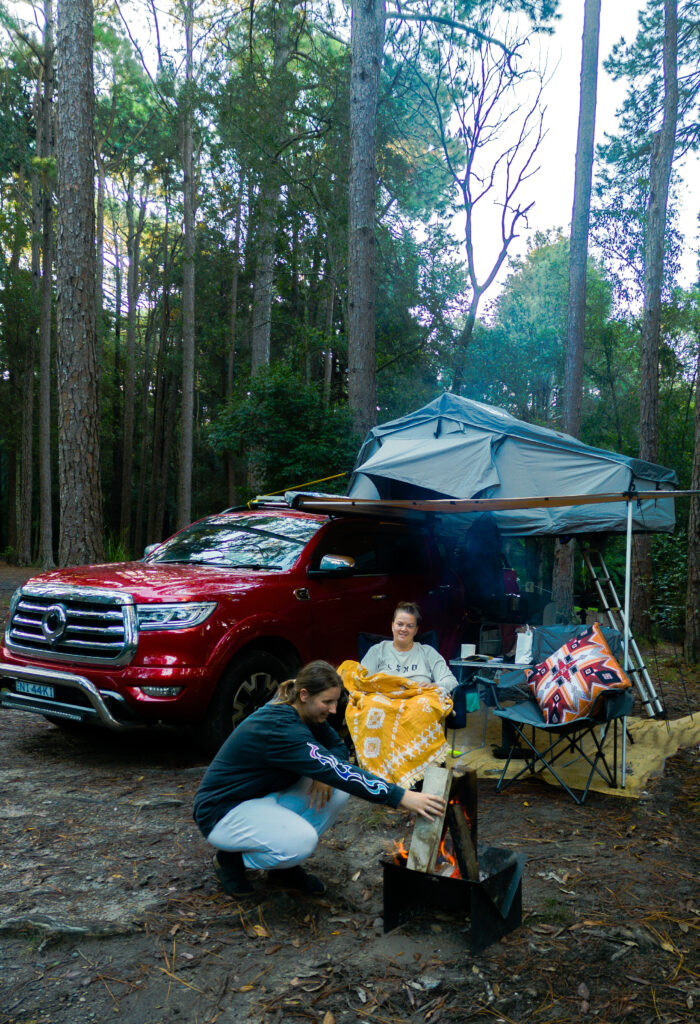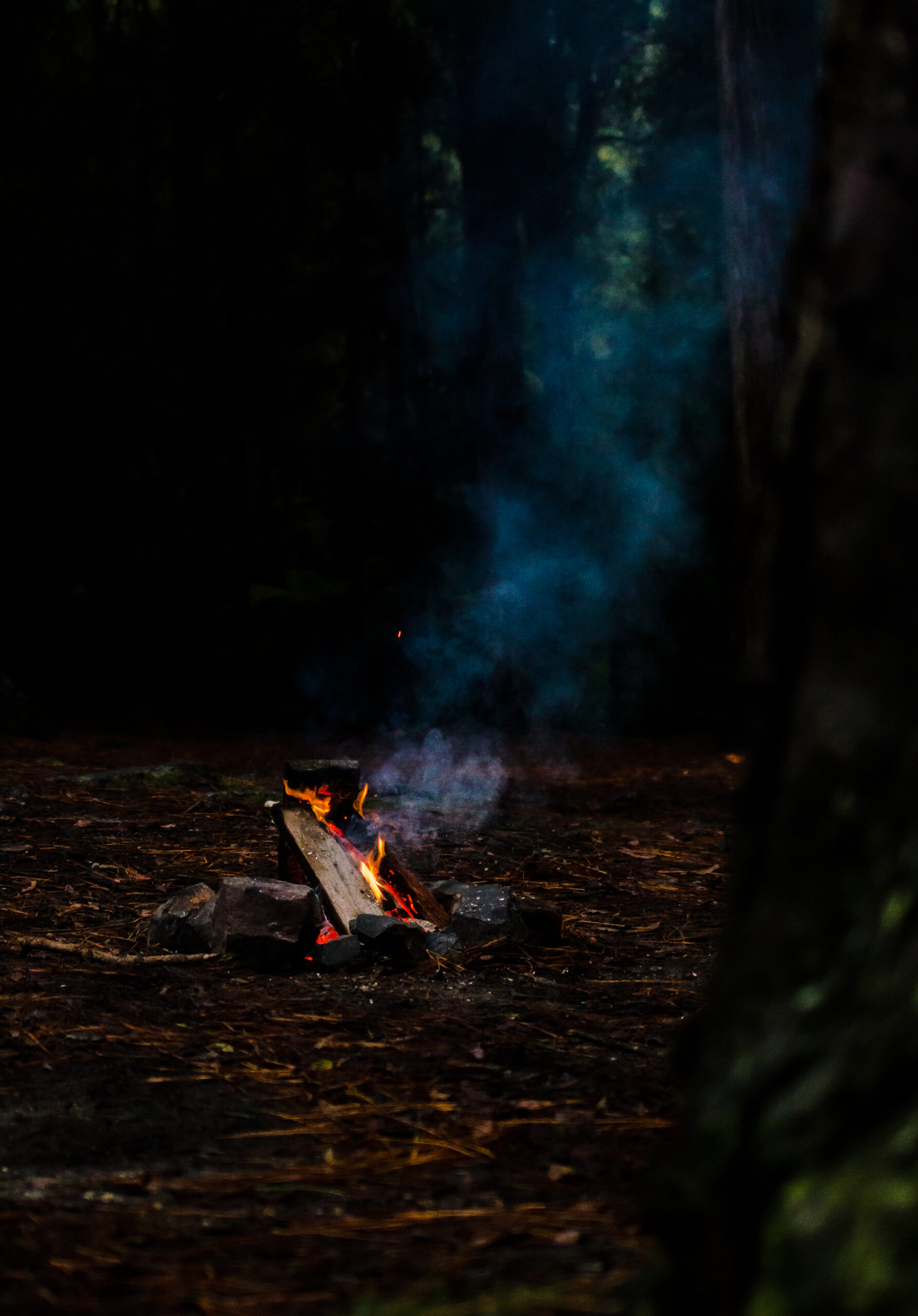I’m sure you’ve heard it before, and if you follow us on Ig (which you should by the way), you’ll know that we’re big advocates of leave no trace hiking. But what does it really mean? We’re sure we’ve all got that friend of Facebook that captions all their travel pics with ‘take nothing but photos and leave nothing but footprints’ and whilst this mentality is great! It’s not the same as leave no trace. So what does leave no trace mean? And how can we implement that into our hiking and camping?
Essentially the leave no trace principle allows us to engage with and enjoy nature, without compromising or affecting nature, you will essentially be leaving it in as good condition if not better, and leaving no trace of your presence.

So what does leave no trace really mean?
If you’re reading this we have to assume that you’re trying to minimise your footprint while you’re in the outdoors by following the mentality of leave no trace. And whilst the basis of this is as obvious as don’t litter, there is actually a lot more to it. We’re going to break it down for you in the simplest way possible so that you are able to make to best eco-friendly decisions while in the outdoors
Travel and Camp in durable locations
Part of minimising our footprint is directly linked to choosing locations that are durable and can withstand human interaction, you can do this by.
- Only hiking on paths (do not make your own)
- Try to walk single file and as close to the middle of the track as possible
- Camp 200 meters away from water streams
- Avoid creating a new campsite
- Keep campsites as small as possible
Do not touch
As tempting as it can be one key part of leave no trace is not touching and moving things at campsites and hiking trails.
- Leave natural objects as you find them, do not move rocks (they could be homes)
- Do not create trenches or build structures
- Look but do not walk on or touch any cultural artifacts or objects
- Do not break branches or flowers off the stem
Dispose of waste properly

This refers to all human waste created in the great outdoors and how to dispose of it.
- If you bring it in, you can take it out
- If bins are not available, triple-check your site for all rubbish and take it back with you to dispose of waste
- If toilets are unavailable deposit solid human waste in a 6-8 inch hole and cover and disguise the cat hole
- make sure this is at least 200 meters away from the water
- Wash your dishes 200 meters away from water streams and use biodegradable soap.
- Only use biodegradable soap – Check out our favourite option here!
Reduce Campfire hazards

Whilst campfires might be a timeless tradition while camping they pose a great risk to the environment. To minimise the risk follow these guidelines
- Only have campfires where permitted
- Follow fire bans
- Use firepits supplied or have your own
- Make sure the fire is completely out before leaving unattended
- Do not break sticks off of trees
- Only collect deadwood
Respect the wildlife
You’re bound to see some wildlife on your adventures, make sure you follow these guidelines to protect them and yourself.
- Do not approach wild animals
- observe from a safe distance
- Never feed wild animals
- Control pets/Leave them at home
As you can see, leaving no trace is much more than not only leaving footprints and taking your rubbish with you. The entire idea behind leave no trace camping is to have minimal contact with the environment and the wildlife so your presence doesn’t disrupt any natural systems, relationships, and homes in place.
If you’d like to read more about leave no trace, you can read about the 7 principles here.
We hope this helps you on your adventures and helps you minimise your impact in the great outdoors.